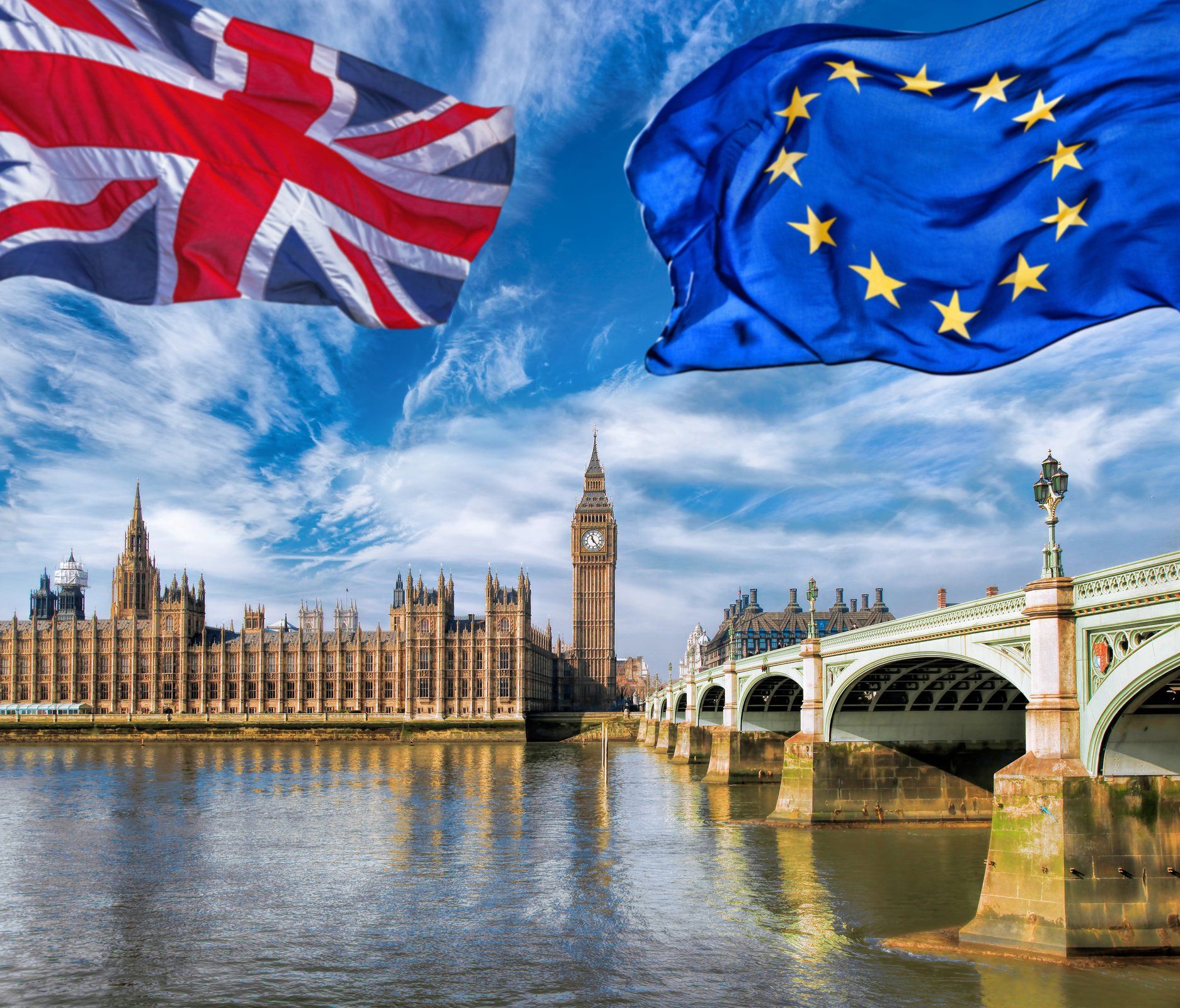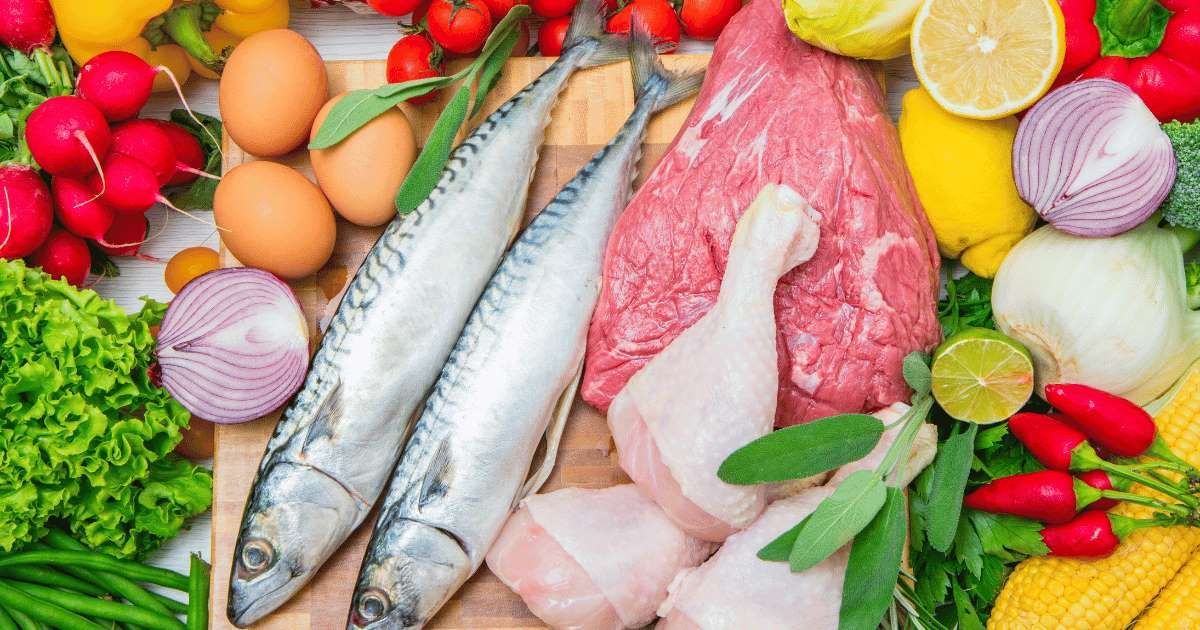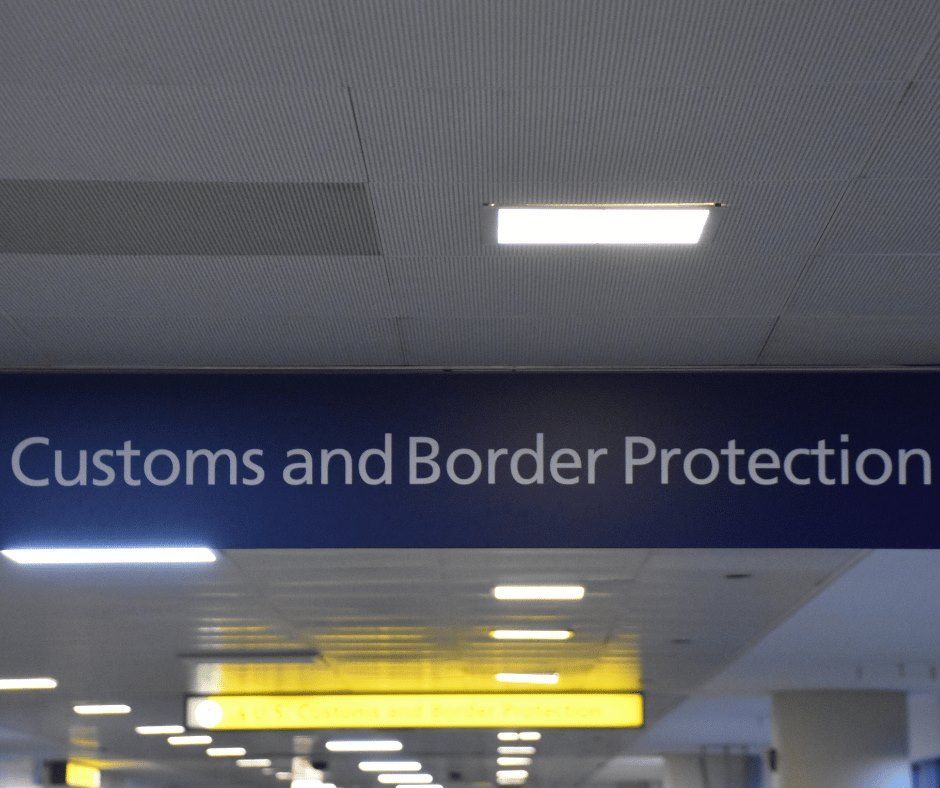The Trade Benefits of Preference Duty
Preferential rules of origin can be complicated

What is Preference?
To obtain access to foreign markets and promote international trade, preferential trade agreements are set up between partner countries. A large and growing number of countries participate in preferential trade agreements, resulting in businesses paying lower or zero preference rates of import customs duty on their goods. However, to be eligible for preference rates the goods must comply with relevant rules of origin.
Preferential rules of origin can be complicated, and importers and/or exporters need to understand how the rules apply to their products.
What are the main benefits of using Preference?
Imports
Businesses importing their products from foreign markets covered by Preferential Trade Agreements can receive the products at reduced or nil rates of duty. Therefore, the importer pays less for their products compared with sourcing them from a foreign market not covered by Preferential Trade Agreements.
Exports
Businesses can export their products to markets covered by Preferential Trade Agreements and their foreign customer can receive the products at a reduced or nil rate of duty. Therefore, the exporter has a market advantage over competitors supplying products from countries not covered by Preferential Trade Agreements.
Claiming Preference on Imports – Top level
The Importer will need to confirm if their imported products qualify for preferential duty rates by following these steps:
Step 1
Classify the products to be imported against the Customs Trade Tariff using the full 10-digit commodity code. Commodity codes are also known as HTS or tariff codes, in different countries. Please see my Blog for more details - Correctly Classifying Import and Export Goods.
Step 2
Once the products have been classified, check the commodity code against the Customs Trade Tariff to identify if any preferential rate of duty is appropriate.
Step 3
Identify the country the products are being sourced from and confirm within the Customs Trade Tariff if that country is a beneficiary country under preference.
Step 4
Most importantly, confirm with the foreign supplier that products are of ‘Preference Origin’, that the products fully comply with the rules of preference origin and that the supplier (foreign exporter) can issue the correct preference document, such as a GSP Form A. See preference origin rules below.
Step 5
On import ensure that the correct preference document is presented to customs at the time of the import declaration / entry.
Claiming Preference on Exports – Top level
The Exporter will need to confirm if their products for export qualify for preferential duty rates by following these steps:
Step 1
Classify the products to be exported against the Customs Trade Tariff. Use the first four digits of the commodity code to check the preference origin rules, which are covered by country specific laws.
Step 2
Identify if the export market is a beneficiary country under preference.
Step 3
The Exporter must ensure a full understanding of the preference origin rules covering the products to be exported.
Step 4
Most importantly, the Exporter must make sure to have documented evidence to support the issue of preference certificates or invoice declarations to cover the export.
Step 5
Issue a Country of Origin Form or make an invoice declaration, depending on the export destination and the regulations.
Preference Origin Rules
To be eligible for preference origin, the products must be manufactured and/or originate in a beneficiary or qualifying country. If the products do not meet these requirements, then import or export preference duty cannot be claimed, and full standard rate duty will apply.
All preferential origin goods must satisfy the relevant conditions, such as:
- Be manufactured from raw materials or components which have been grown or produced in the beneficiary country.
- The product underwent a certain amount of working or processing in the beneficiary country and can be considered as "originating".
- Products have been sufficiently transformed in the beneficiary country, resulting in a change of tariff classification.
- During manufacture of the product, the customs value of all the non-originating materials used did not exceed the threshold fixed by the origin rule for that product.
- A combination of the above.
If you would like more details about preferential trade, please call +44 (0) 118 932 8447 or email info@icsglobalservices.co.uk
Ian Simmonds




